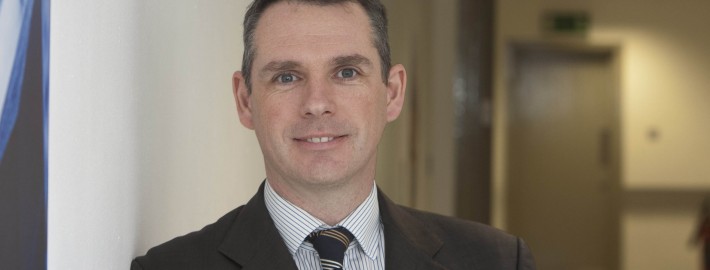Are we keen to be green?
The European Commission estimates that by 2020, data centre operators across Europe will consum up to 104 TWh (tera watts/hour) of electricity, that’s twice the energy consumption of the entire Czech Republic. CO2 emissions from ICT are already estimated to be two per cent of global emissions, equivalent to the airline industry.
And while institutions such as the European Commission can issue guidelines and codes of conduct which govern the data centre industry, are customers exercised by increasing carbon footprints or does choosing a data centre provider inevitably come down to cost?
“Certain clients have environmental concerns very clearly in the “must-have” list of requirements, but not a majority as of yet,” according to Eddie Lyons, CEO with Servecentric.
“There are clear benefits to the advances in green technologies in something as fundamental as reducing ongoing operational costs. For example, raising the ambient temperature by one or two degrees in a dedicated client suite can cause a dramatic reduction in their cooling costs, which benefits both the client and the provider,” he said.
Enda Doyle, director of cloud computing and managed services with Eircom believes it ultimately comes down to price.
“While we portray an image of being keen to be green, in reality it is ‘mean to be green’ and it’s about being more efficient at every level in terms of how you run your data centre. Some of it is about pressures from government as well with the drive to source carbon credits but ultimately it’s about driving efficiency,” he said.
“It’s definitely part of the agenda because it’s linked to cost,” according to Tanya Duncan, managing director with Interxion. “It makes perfect sense for a client to assess a data centre on that basis. This year we contracted our energy as 100 per cent renewable coming in to the data centre. That’s an example where we’re investing in the infrastructure to make the power usage effectiveness (PUE) as low as possible,” she said.
Mark Fagan, head of data centres with BT Ireland believes that multi-national organisations are more exercised by environmentally-friendly policy and practices.
“The large multi-nationals and heavy data centre users will call out a green agenda similar to BT in that they have to have a community policy. They’re seen as major users and it’s not just lip service.”
Fagan has also seen an increasing number of tenders with a marking criteria strongly linked to a low PUE.
“I don’t think anyone would be naïve enough to think we are going to invest lots of money without return. It’s a commercial world but the great thing is they go hand in hand. It’s a perfect storm,” he said.
Doyle believes that the move by data centre operators towards ‘greener’ technologies is a bit like the cloud itself.
“Operators are looking at things like onsite generation of power; being able to combine your grid with gas and onsite generation and using that with free air cooling and heat extraction technologies. It’s a bit like the cloud itself, operators are a looking for those hybrids to maximise efficiency and be socially responsible through their use of green energy.”
IBM Ireland uses a combination of ‘green’ technologies and common-sense policies, both of which have led to an overall reduction of over 20 per cent in its energy costs. Bryan Hickson, client solutions executive explains.
“We’ve been looking at how we can take advantage of heat exchange units where we take the hot air to the outside, and rather than sucking the air in, the air outside cools the air that’s moving through that pipe. You can control the heat more readily without using much power from big air conditioning units.”
IBM Ireland has also developed its own mobile measurement technology, which allows facility managers to identify ‘hot spots’ or hot air currents. Sensors located throughout the facility are linked back to the management system, which intelligently adjusts the air conditioning system where required.
“Our data centres are also on lights out,” said Hickson. “We don’t want people in our data centres anymore because we manage everything from a room next door or a room 4,500 miles away. We started turning off the lights recently and we’re saving €2,000 per month on lighting alone,” he said.




Leave a Reply
Want to join the discussion?Feel free to contribute!